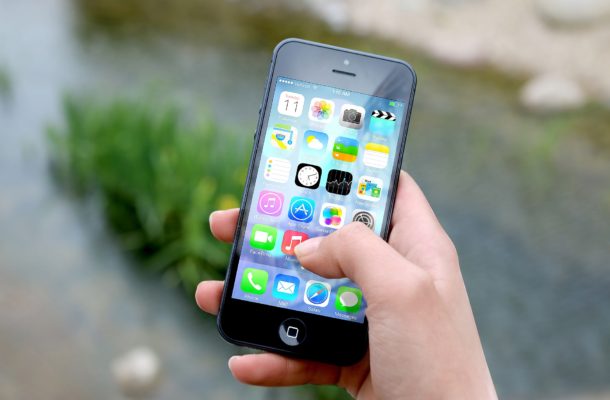Mobile apps are transforming consumer spending

This year’s annual report by App Annie, the mobile app market data and insights company, sheds light on the key trends which drove the app market’s rampant growth in 2017 and prospects for the year ahead.
Global Trends
2017 saw continued app disruption in many consumer businesses, with sectors such as finance, travel and video streaming undergoing major restructuring as apps came to the fore in the delivery of services and operations.
Some businesses already receive more than half of their sales via mobile channels. In industries such as finance and retail the convenience and immediacy of apps have made traditional person-to-person services less relevant for consumers and apps are taking on a bigger role in many other spheres.
“A decade after Apple’s launch of its app store heralded the smartphone app revolution, apps continue to reshape entire industries on an unprecedented level in 2017. Apps no longer play a mere supplementary role in these sectors, and have grown to become an integral part of their services and sales,” said Jaede Tan, App Annie’s regional director. “Against this changing backdrop, sound app analytics and insights have become imperative for businesses looking to make the most out of the app economy.”
The report notes that as App markets mature, monetisation opportunities will continue to develop. Global app downloads surpassed 175 billion last year, with users downloading 60% more apps in 2017 than in 2015. In the same period, the average daily time spent on apps rose by 30%, to hit more than 3 hours.
Consumer spending in app stores has more than doubled over past two years and topped $86 Billion in 2017. Further growth in spending is set to be driven by strong smartphone and app adoption in developing economies and apps’ ability to capture a greater share of consumer spending in mature economies.
Consumers around the world engage with apps far more than through mobile websites. In major markets, smartphone users spend 7 times more time in native apps than mobile browsers, and access them 13 times more often. Most importantly for businesses, app users are three times more likely to spend money than people browsing websites on their mobile phones.
India overtook the United States to become the second largest country in terms of downloads in 2017, with the nation’s app usage driven by the introduction of subsidised, unlimited 4G access in September 2016. All the most important markets have seen double digit percentage growth in consumer spending over the last two years, with China remaining the largest market overall by a clear margin.
Four of the top five countries by downloads and consumer spending are large ’emerging markets’ – China, India, Brazil and Russia, but despite Australia’s relatively small population we comprised the 8th largest global market with total consumer spending of US$1.08 billion.
Apps in Australia
Australia-specific trends and statistics show strong growth, with a rise in the use of Fintech apps by a quarter over the past year. Sessions in retail apps have increased by 80% over the past two years and spending through apps on media and entertainment has increased 292 % since 2015.
The top five video streaming apps in Australia are Youtube, Netflix, AFL Live, ABC iView and Foxtel Go while total spending in gaming apps has climbed by a half over the past three years. Facebook Messenger is the nation’s number one most downloaded app, followed by Facebook itself and InstaGram, WhatsApp Messenger and Snapchat.
The most-downloaded games in Australia last year were Pokemon Go, Candy Crush Saga, Clash of Clans, Words With Friends, and Monopoly via a commercial tie-in with Macdonalds.
The Tinder dating app generates the most revenue, followed by Netflix, Spotify Zoosk and Youtube. In mobile gaming, Heart of Vegas leads the way, followed by Slotomania, Cashman Casino, Clash of Clans and Candy Crush Saga.
User engagement also hit new heights last year with the average smartphone user accessing close to 40 apps per month. Australians spent an average of 140 mins per day on their phones in 2017 and the average user has more than 80 apps on their device.
Ongoing App Trends
App driven disruptions across a range of verticals continue to redefine our daily lives. Booming interest in bitcoin and its clones has spurred an explosion in cryptocurrency apps, while increasingly pervasive payment apps in APAC are creating cashless societies in emerging markets as well as more developed economies.
In the international retail sector, a 70% to 210% increase in the total time spent in retail apps has driven massive funding rounds for retailers focused on Southeast Asia.
Facebook’s apps continues to dominate social platform activity for most markets but Instagram has seen 70% growth in terms of the time spent in the app over past two years, a rise driven in part by new features. Telegram enjoyed a 75% increase in monthly active users over the same period.
Video streaming is a another major growth area, as online-first broadcasters such as Netflix force traditional TV providers to compete with them online. The BBC launched their iPlayer app, for instance, as people increasing view media online and through their phones, rather than traditional broadcast sources.








